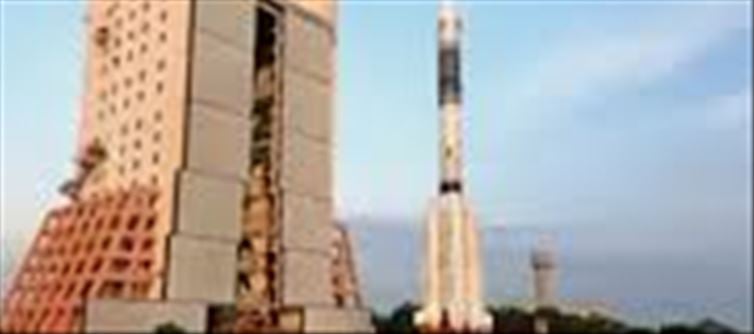

The Liquid Propulsion Systems Center (LPSC) of the indian Space Research Organization (ISRO) has sent the crew module to space orbit for the first unmanned mission of Gaganyaan after successfully completing the integration of the liquid propulsion system. Gaganyaan is ISRO's first attempt towards achieving the capability to send human missions to space. isro plans to send an unmanned mission to space before sending a manned crew under the Gaganyaan project.
isro said in a statement on wednesday (January 22, 2025), 'On january 21, 2025, the Liquid Propulsion Systems Center (LPSC) of isro sent the crew module to space for the first unmanned mission of Gaganyaan after successfully completing the integration of the liquid propulsion system.' The crew module is a fully autonomous spacecraft designed to carry a three-member crew into space orbit and return safely to Earth after completion of the mission duration.
The Bengaluru-based LPSC launched the crew module from the satish dhawan Space Center in Sriharikota, officials said. According to isro, the Crew Module Propulsion System (CMPS) is a bi-propellant based reaction control system (RCS) designed to provide precise 3-axis control (pitch, yaw and roll) to the crew module.
The space agency said, "The system consists of 12 100N thrusters, pressurization system with high-pressure gas bottles and propellant flow system with associated fluid control components." According to officials, 100N thrusters are rocket motors used for propulsion in the spacecraft.
He said that LPSC has also integrated the Crew Module Uprighting System (CMUS) designed by vikram Sarabhai Space Center (VSSC) into the module. According to isro, the crew module will undergo other integration processes including assembly and testing of avionics and electrical harness systems at vikram Sarabhai Space Center before being sent to UR Rao Satellite Center in Bengaluru for the final stage of integration of the orbital module.




 click and follow Indiaherald WhatsApp channel
click and follow Indiaherald WhatsApp channel